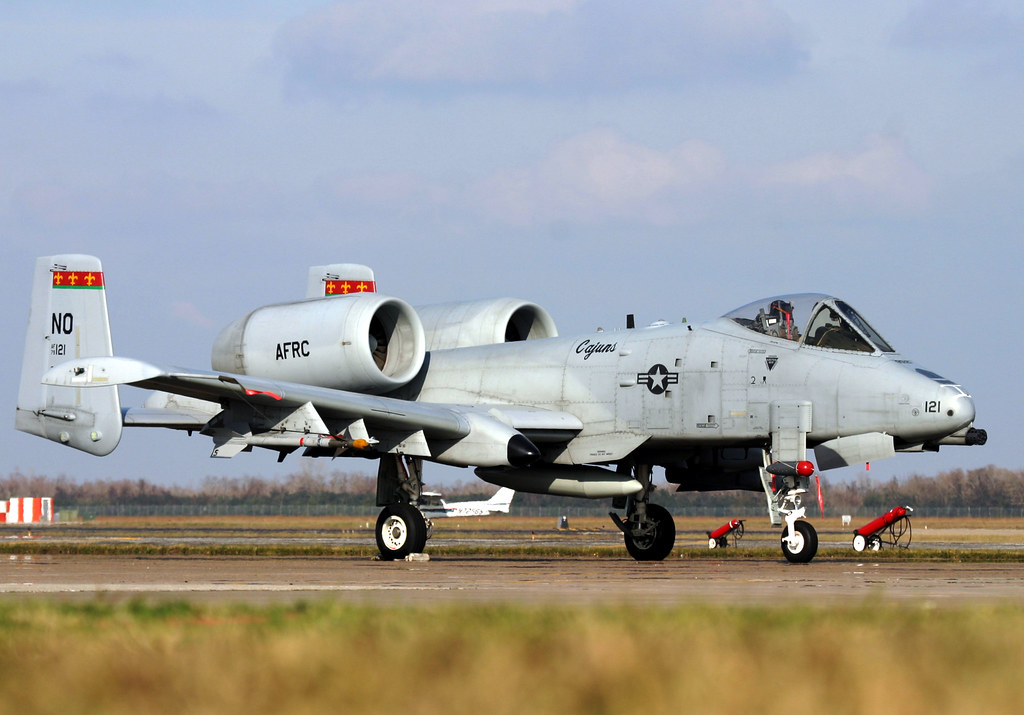
The A-10 Thunderbolt II, commonly known as the Warthog, has been a mainstay of American air power, especially recognized for its exceptional capabilities in close-air support roles.
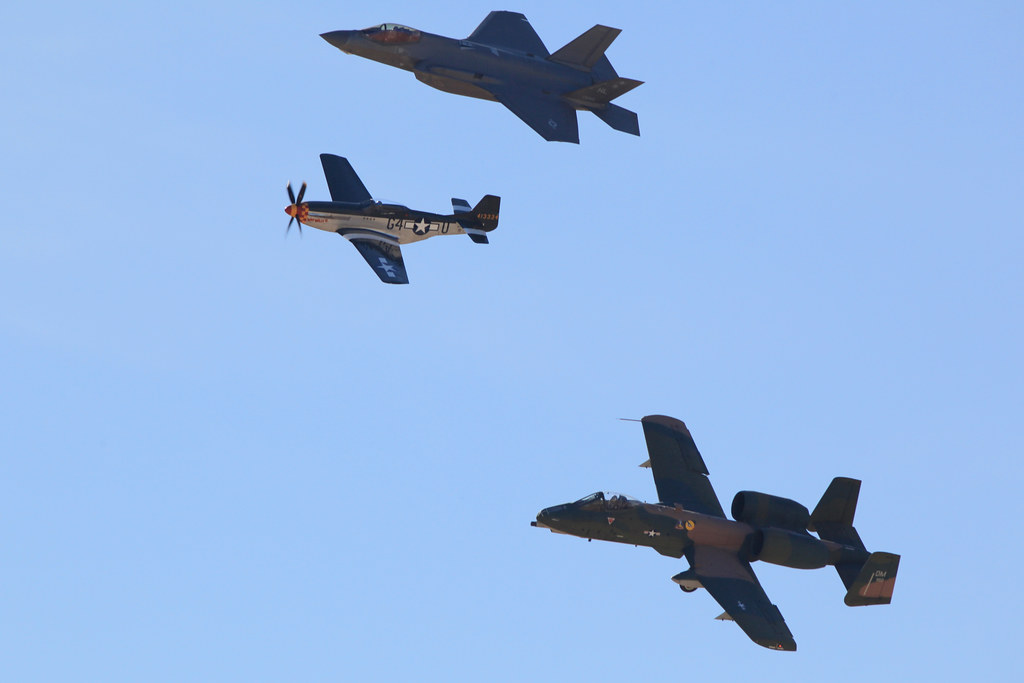
As debates continue over its retirement and replacement with modern aircraft like the F-35 Lightning II, new perspectives have emerged suggesting a second life for these battle-proven warbirds: transferring them to U.S. allies who could utilize their strengths in ongoing conflicts.
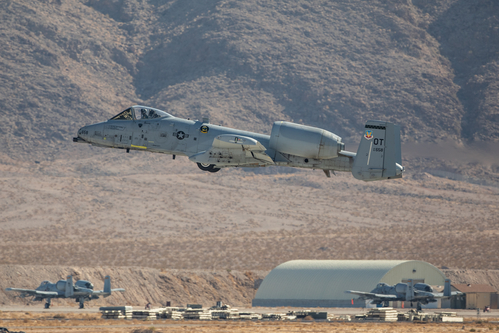
The A-10 was initially designed for the cold landscapes of a potential Soviet conflict, particularly for destroying armored columns.
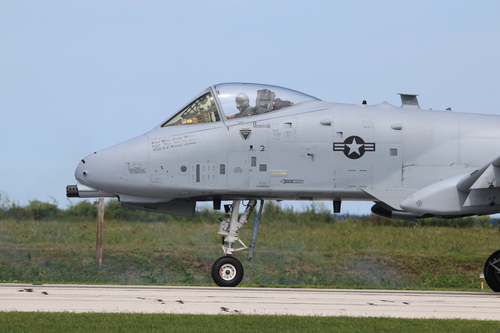
Its unparalleled close-air support, combined with remarkable survivability features such as a titanium-reinforced cockpit—affectionately termed the “bathtub”—and redundant flight systems, have made the A-10 a favorite amongst troops for its ability to deliver firepower precisely and endure heavy damage.

However, its lack of speed and vulnerability in non-permissive airspaces cast a shadow over its continued utility in modern warfare.

U.S. Air Force Secretary Frank Kendall mentioned that “one country at least has expressed some interest” in buying the used A-10s, though the country in question remains unnamed. This suggests that despite its looming retirement, the Warthog still has a certain allure on the international stage.
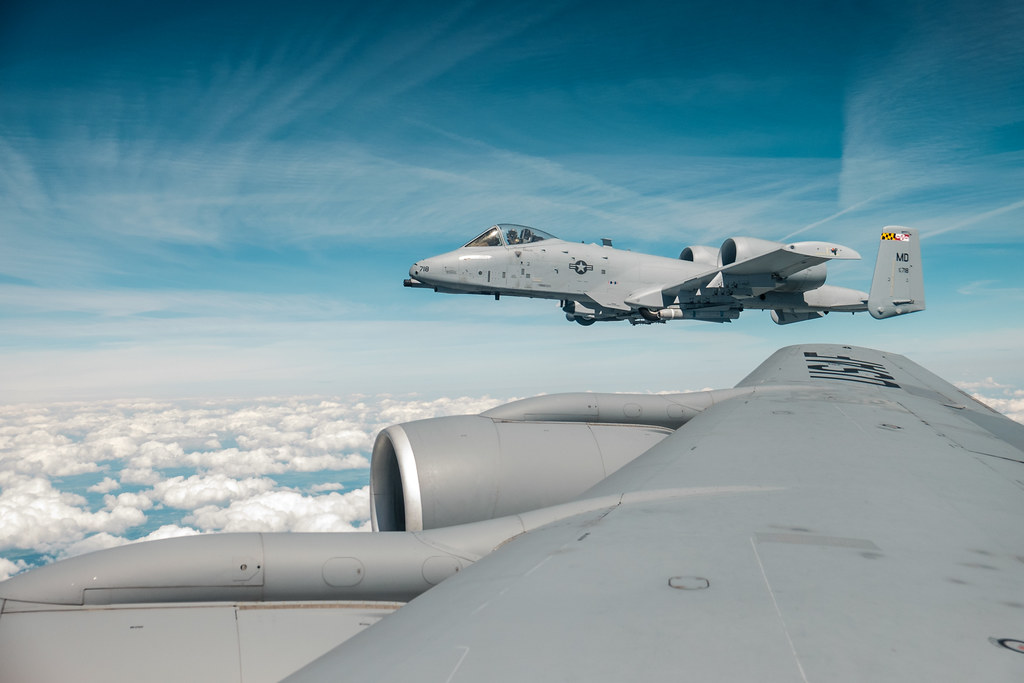
Speculation abounds as to which country may be eyeing the A-10. Poland, embroiled in Europe’s security concerns due to Russian aggression, could potentially be interested.

South Korea, facing the ever-present threat of North Korea is also a potential suitor. Both regions’ topographical and geopolitical landscapes might benefit from the A-10’s specific combat advantages.
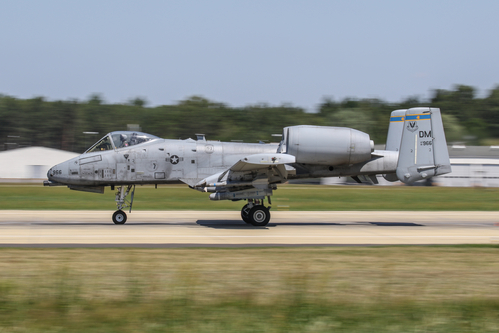
Other contenders could include countries like Egypt or Vietnam, each with their unique security challenges that could be alleviated by the A-10’s capabilities.
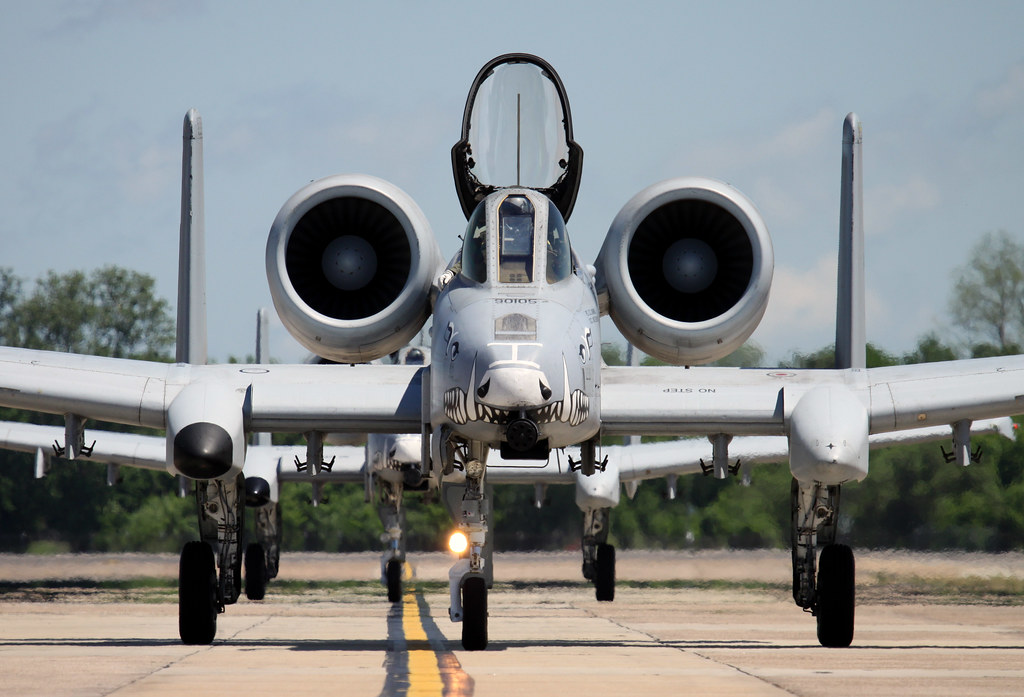
Interestingly, the idea of transferring A-10s has also been tied to the current conflict in Ukraine.
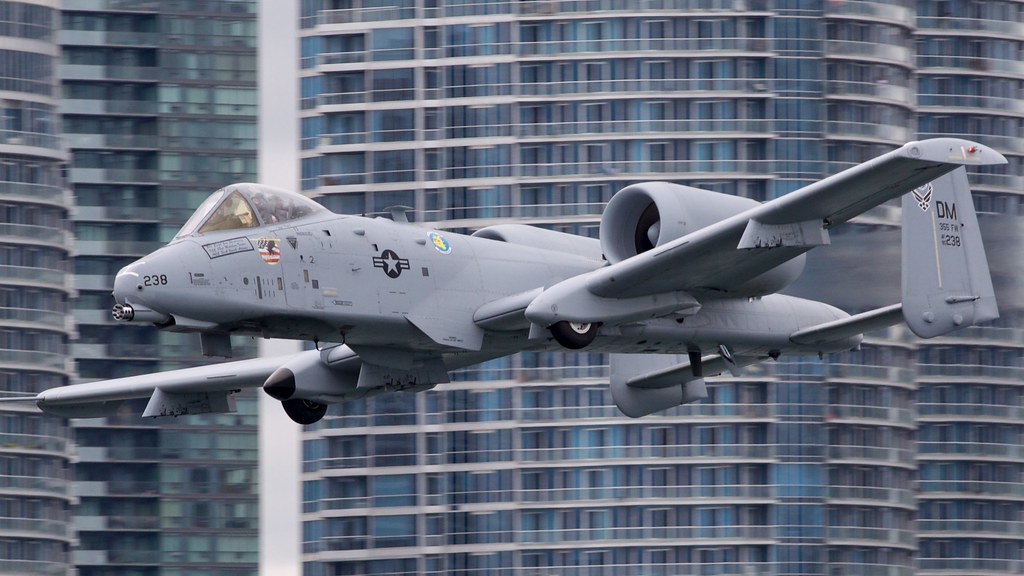
While U.S. officials have stated that Ukraine has not shown much interest, mainly due to its inability to control the airspace, the need for such ground support aircraft in the face of Russian armored assaults cannot be dismissed lightly.
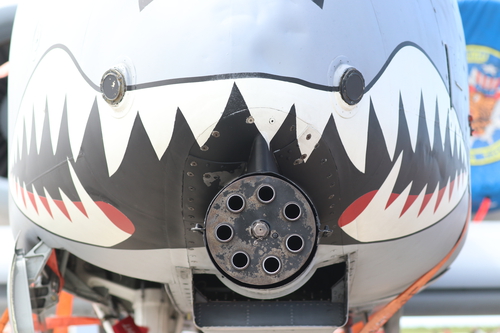
The A-10, with its prowess in tank-busting and ability to operate from austere bases, could offer a significant edge. However, the reality of sophisticated air defenses in the Ukrainian theater makes the introduction of A-10s there a topic of extensive debate.
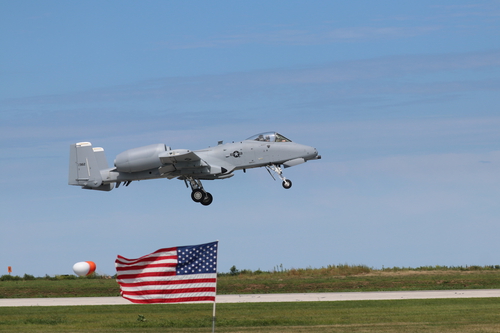
The Warthog’s retirement, planned to be complete by 2029, has prompted discussions not only about its replacement but also about how best to utilize the remaining fleet.
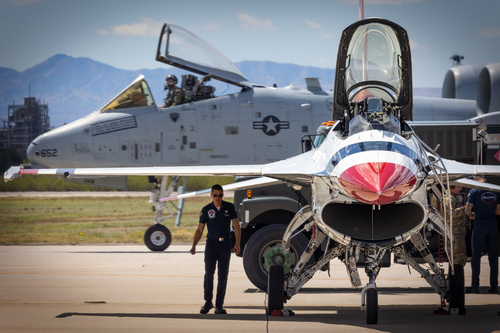
The transfer of A-10s to allied nations could serve multiple strategic objectives. It would assist allies in bolstering their defense capabilities against contemporary threats while allowing the U.S. to shift focus and resources to more pressing areas.

Additionally, this move would maintain the A-10’s legacy of service, not within the U.S. inventory but as a global asset in the hands of American partners.
Relevant articles:
– Save the A-10 Warthog: Give It to the U.S. Army, The National Interest
– Forget the F-16: Why Doesn’t America Send A-10 Warthogs to Ukraine?, nationalinterest.org
– A Mystery Country Is Trying to Snatch Up America’s Extra A-10 Warthogs, Popular Mechanics
– What the US should do with its A-10 Thunderbolt, Air Force Times

